10 Steps to Municipal Resilience
10 Steps Fact Sheet 10 Steps Video
To increase municipal resilience to the foreseeable impacts of climate change, towns should consider the following 10 steps. Links below each step describe CIRCA’s and other organizations' resources and tools to help communities take action:
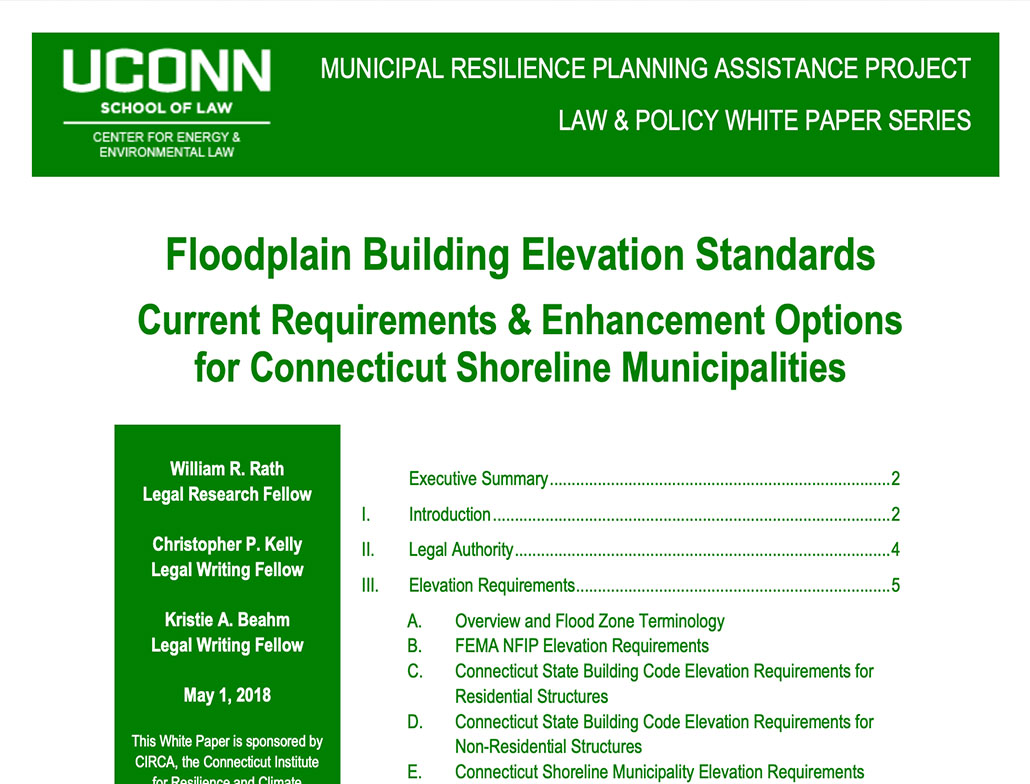
1. Build adaptation into infrastructure investments to avoid future costs.
To minimize future costs and social disruption, municipalities should integrate climate change adaptation into all planning decisions and investments immediately. Every town's Plan of Conservation and Development and Hazard Mitigation Plan, for example, should enhance long-term resilience. Routine repairs and improvements that recognize future risk will yield a high return on investment.
CIRCA RESOURCES
Sea Level Rise (SLR) Policy White Papers
- Floodplain Building Elevation Standards
- Height Restrictions on Elevated Residential Buildings in Connecticut Coastal Floodplains
Annual Exceedance Probability Viewer
ADDITIONAL RESOURCES
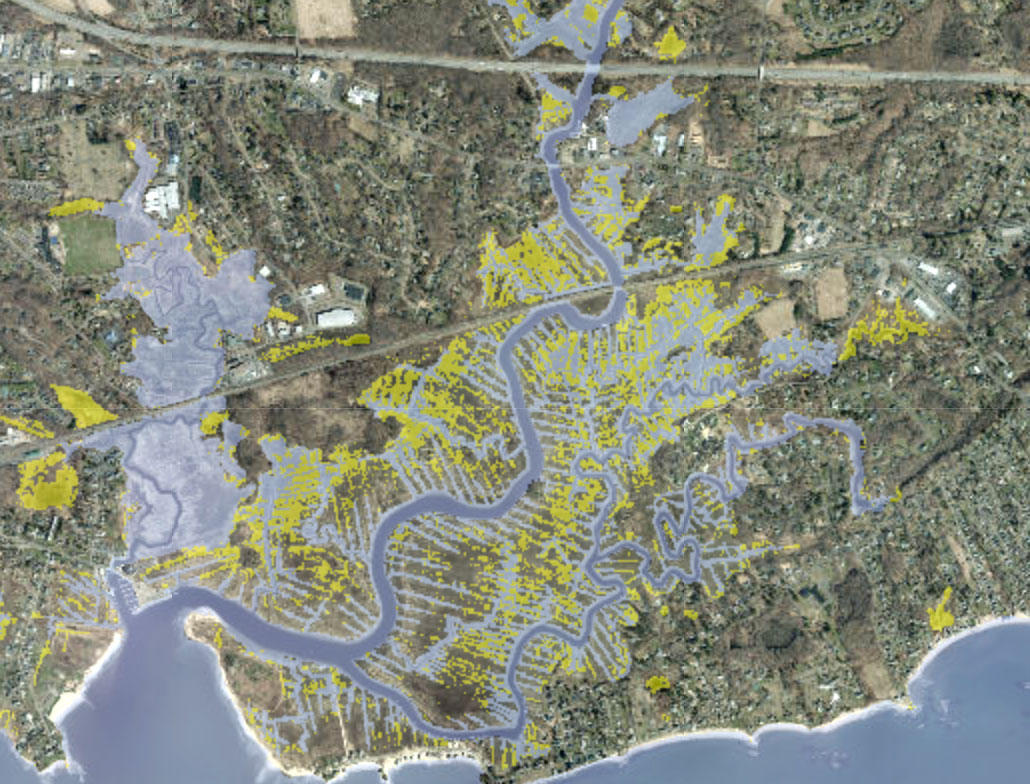
2. Resist development in the 2020 Floodplain.
Higher mean sea levels will increase the frequency of flooding in areas that are currently flood-prone. Enforcement of existing policies will reduce risk to people, property, and the town's tax base and make new commercial and residential development less vulnerable.
CIRCA RESOURCES
SLR and Storm Surge Viewer
SLR Planning and Visualization diagrams
ADDITIONAL RESOURCES
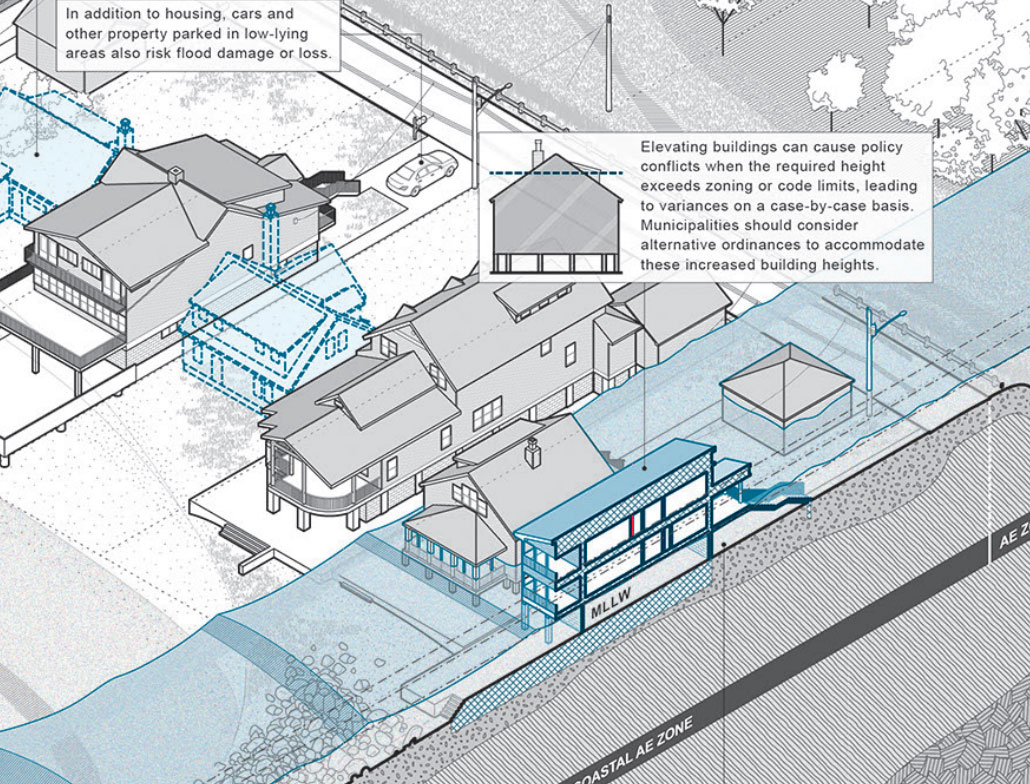
3. Develop a resilience project pipeline.
In many towns, there are several areas at-risk, and all need attention. Having a series of resilience projects underway will increase the likelihood of winning state and federal adaptation grants and increase support for the local share of the costs.
CIRCA RESOURCE
ADDITIONAL RESOURCES
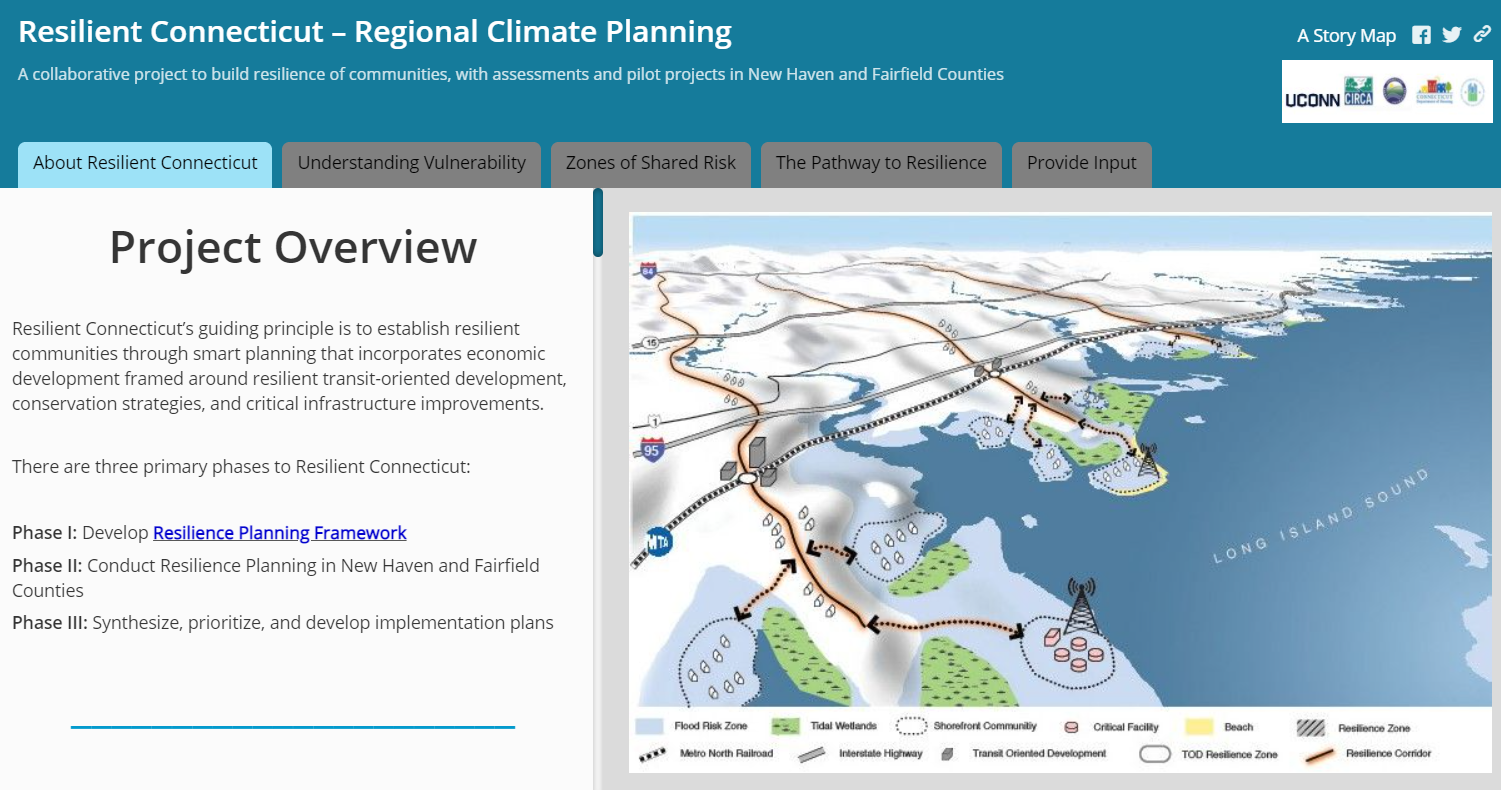
4. Take advantage of existing programs.
Towns should use locally accurate, science-based risk assessments to identify and prioritize projects and evaluate the costs and benefits of adaptation alternatives. CIRCA and many other organizations offer support for planning and engagement. Towns should also expand participation in the FEMA Community Rating System – it builds resilience and saves citizens money.
CIRCA RESOURCES
ADDITIONAL RESOURCES
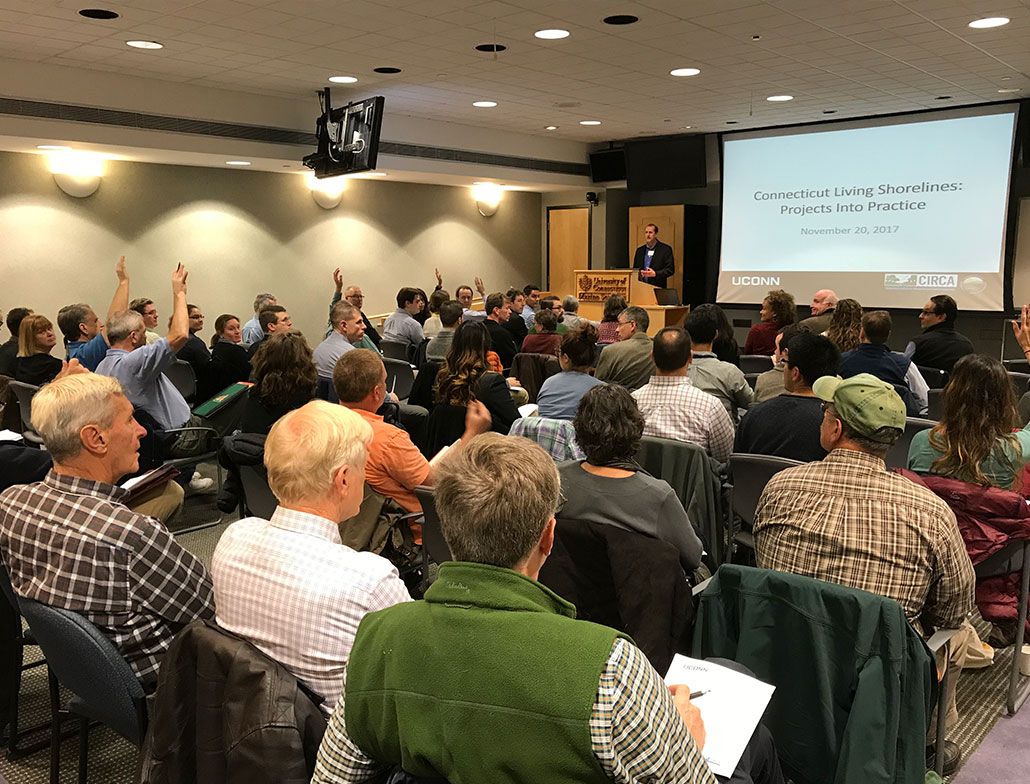
5. Use inclusive planning approaches.
The entire community must be engaged in adaptation needs, priorities, and project design. After all, they will live with what is built and will pay much of the cost. Broad consultation is essential to ensure public support and to identify needs of the most vulnerable.
RESOURCES
- Governor’s Council on Climate Change (GC3)
- Resilient Connecticut
- Resilient Bridgeport
- Inclusive Planning for Community Resilience
- Integrating Vulnerable Populations into Resilience Planning
- Best Practices for Meaningful Community Engagement: Tips for Engaging Historically Underrepresented Populations in Visioning and Planning
- Participation Tools for Better Community Planning
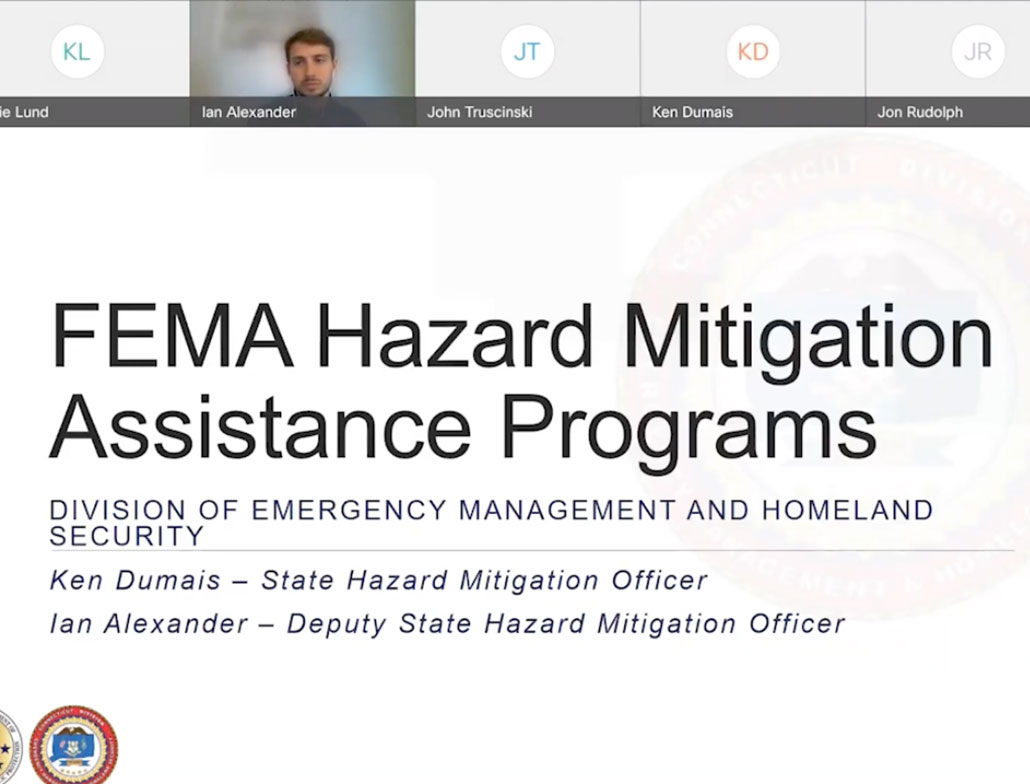
6. Organize to win federal resilience and adaptation funds.
Most resilience projects will take years to plan, fund, and implement. An office that coordinates sustained planning, proposal development, and advocacy will enhance success.
CIRCA RESOURCES
ADDITIONAL RESOURCES
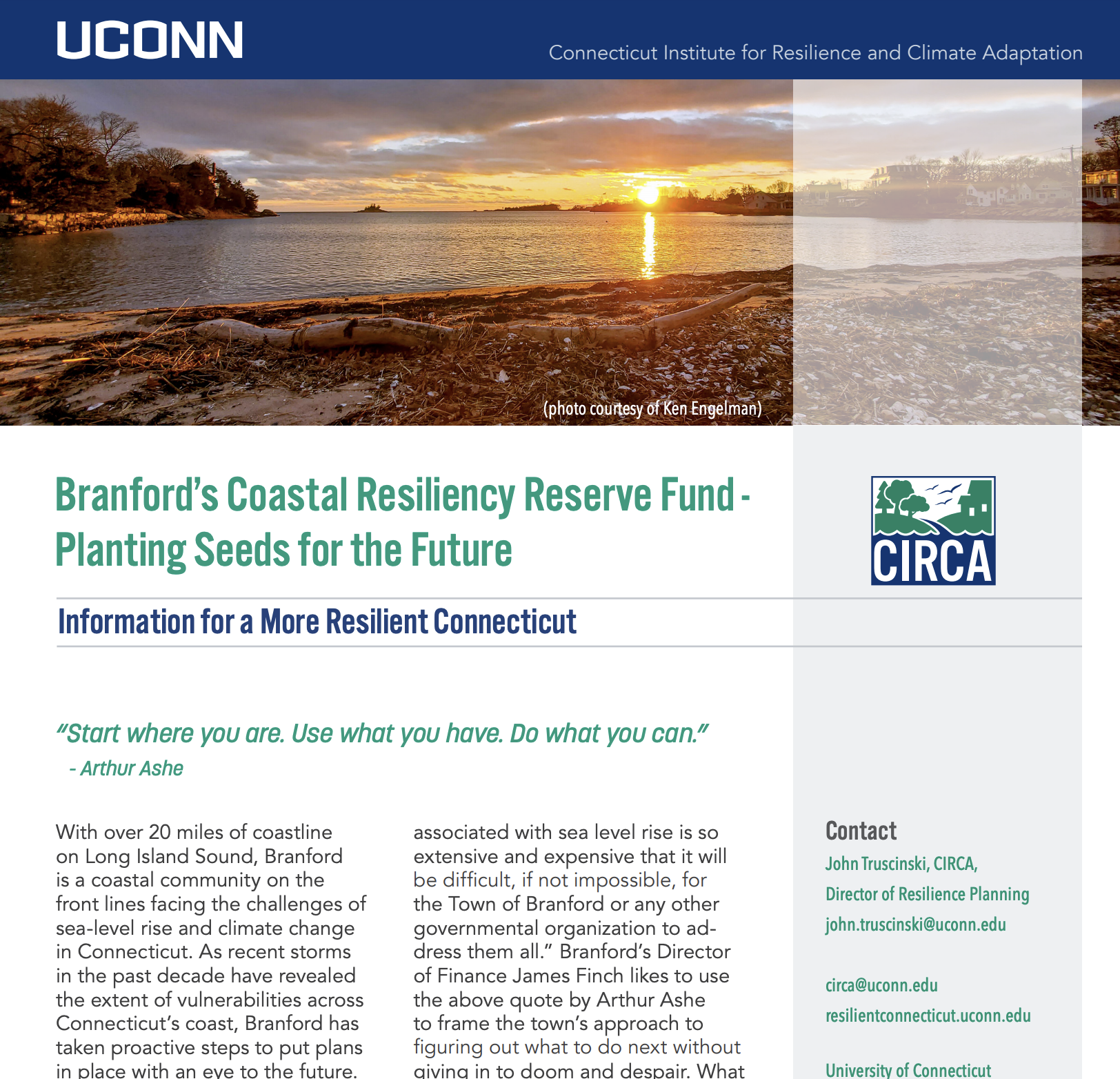
7. Plan for the local share of the costs.
A resilience project pipeline will require local cost-sharing so a strategy for raising funds is essential. For example, Public Act 19-77 allows a municipality to create a resiliency reserve fund and PA 21-115, “An Act Concerning Climate Change Adaptation,” which also provides municipalities with a suite of voluntary tools to fund climate resilience including establishment of storm-water authorities and a new Environmental Infrastructure Fund within the Connecticut Green Bank.
CIRCA RESOURCES
- Financing Resilience in Connecticut: Current Programs, National Models, & New Opportunities
- Branford Fact Sheet
ADDITIONAL RESOURCES
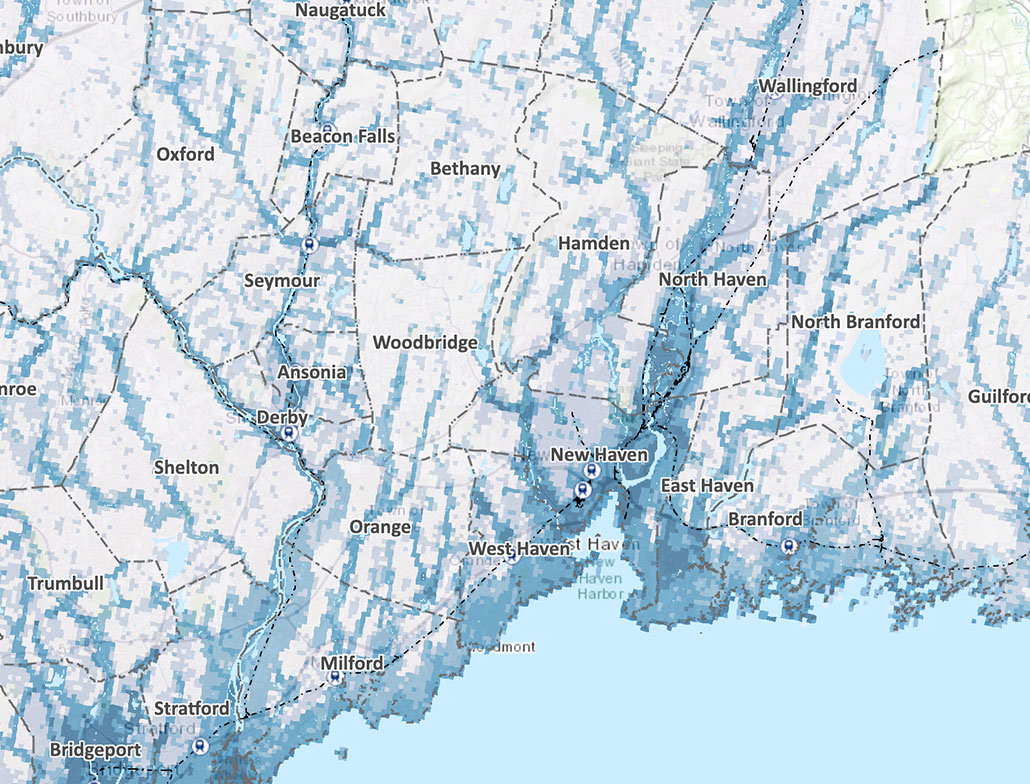
8. Take action on existing vulnerabilities.
Many towns have identified areas that are vulnerable to flooding and high winds and temperatures. It is useful to assess why resilience projects that have been identified have not occurred and to assess the cost of further inaction.
CIRCA RESOURCE
Climate Change Vulnerability Index
ADDITIONAL RESOURCE
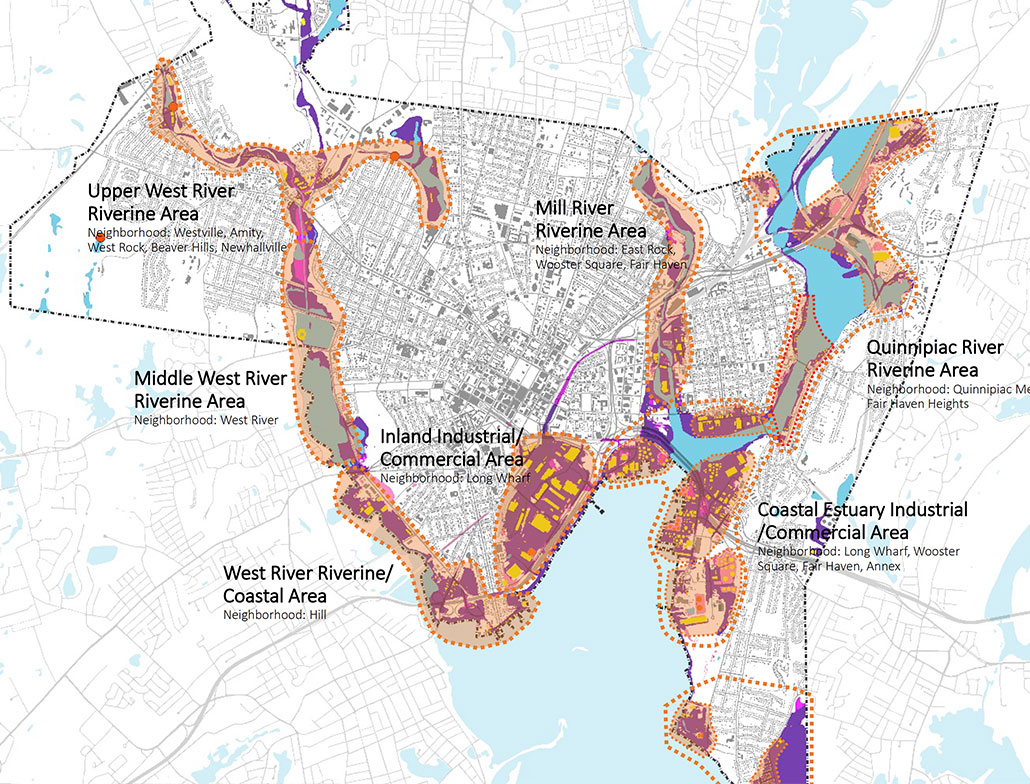
9. Prioritize emergency preparedness and recovery planning.
Prioritize preparedness for storms of 2050 by incorporating climate change into your local and regional emergency planning, and identify "Community Lifelines" that must function in the aftermath of a disaster. These are essential to human health and safety, and sustain the operation of critical government and business functions.
CIRCA RESOURCES
ADDITIONAL RESOURCES
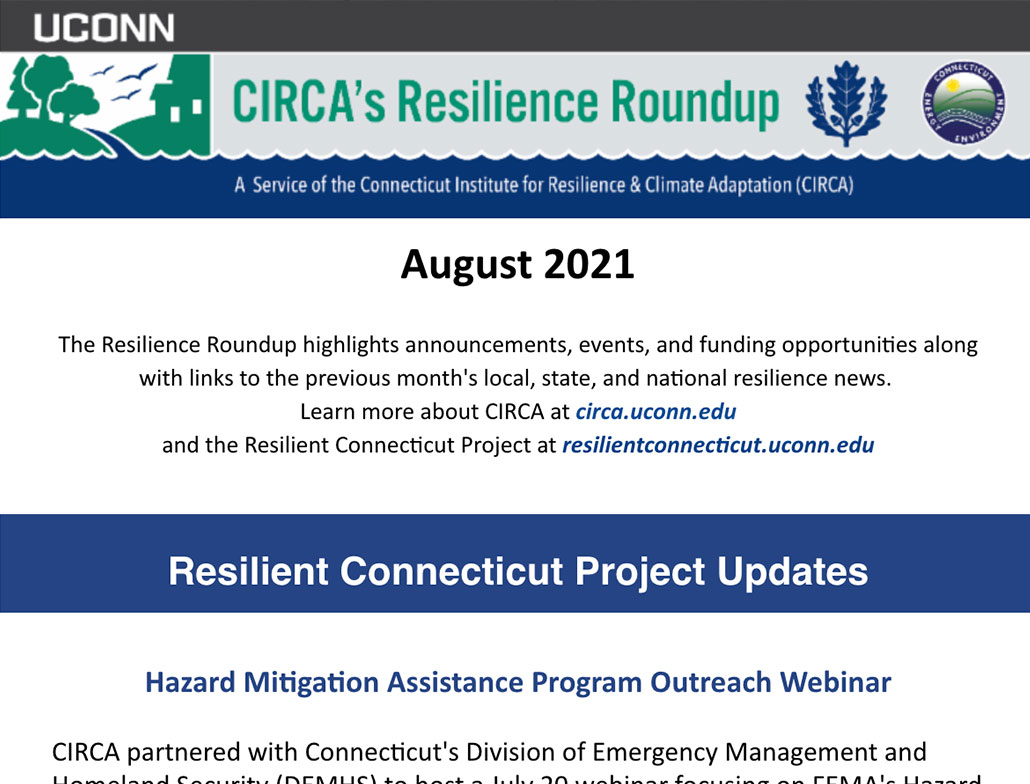
10. Track changes in climate projections and policy options.
Scientists around the world are working to check and refine predictions about climate and new results should be expected. And governments, including our own state, are increasingly developing new resilience and adaptation approaches. Towns should track changing climate projections and assess the importance and value of implementing innovative policy strategies in their community.